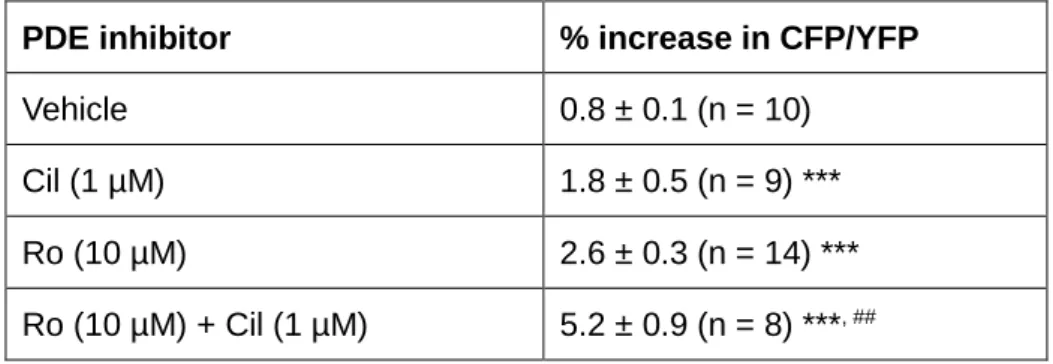β-Adrenergic cAMP Signals Are Predominantly Regulated by Phosphodiesterase Type 4 in Cultured Adult Rat Aortic Smooth Muscle Cells
Texte intégral
Figure



Documents relatifs
Human and bovine aortic smooth muscle cells were used to study the internalization and intracellular fate of human angiogenin at 37°C.. Using a specific antibody
After discussing the categories of urban refugees and camp dwellers I will present two examples, Mar Elias and al-Buss camp in two different urban contexts, to illustrate the
The resumption of archaeological work on the catacombs by a CNRS-HiSoMA team of the French archaeological mission of Dendera (IFAO, led by Pierre Zignani) was occasion to excavate
Only a few days later, however, Darwin received another letter, in which Vogt had a new proposition: Charles-Ferdinand Reinwald (b. 1812, date of death unknown), Vogt’s
Cultured SMCs exhibit a network of stress fibers stained by the antibody specific for β-cytoplasmic actin, however, tagged β-actin was poorly incorporated into stress fibers
Le présent rapport donne les détails sur le déroulement des activités de Camp STEM (Science Technology Engineering Mathematics) et Robotique de 2019 organisé du 22
Activation of CFTR Channels by the  -Adrenergic Agonist Isoproterenol—To begin to understand the physiological signif- icance of CFTR expression in SMC and since pharmacological
Conclusion: Although sirolimus stimulates TF protein expression in human SMC associated with inhibition of mTOR, it does not enhance TF activity released from the cells, suggesting